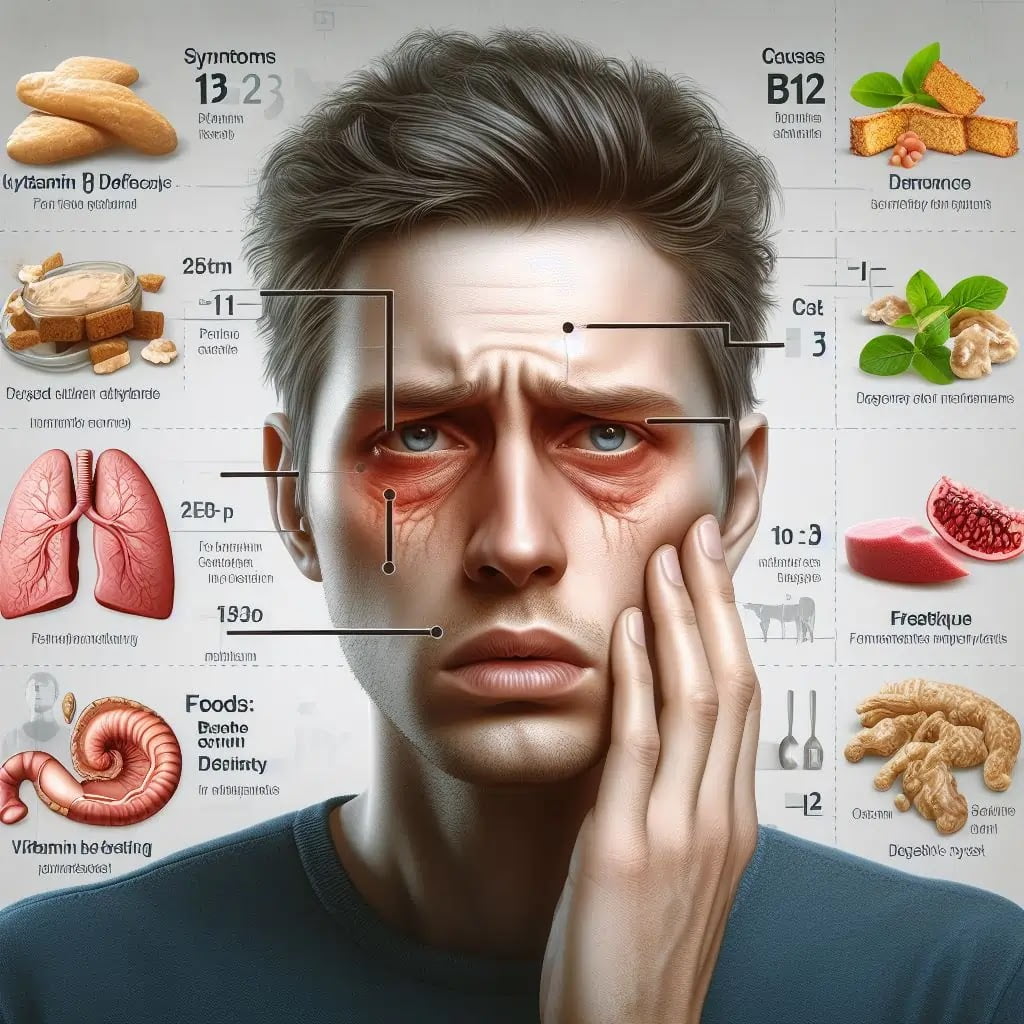
Little do we know, but one of the best manners in which we can maintain the health of our heart is by tracking what is going on within our body from our comfort at home. Of course, this is no replacement for a visit to the doctor, but knowing what is going on inside of you can be a great game-changer a matter of both risk management and psychological acceptance. However, you must not forget that only a professional can diagnose heart blockages. This post is going to walk you through some actionable steps you can take to understand your heart health, identify any potential problems, and maybe know when you need to get to a doctor.
Understanding Heart Blockage
Heart blockages occur when the arteries carrying blood to your heart are narrowed or blocked due to the gathering of plaque, which consists of cholesterol and other substances. This condition, referred to as atherosclerosis, acts to obstruct blood circulation; it brings about coronary artery disease. Gradually, the blockage may impair oxygen to the heart muscle, and thus heart attacks go up in score.
Many of us assume that blockages in our heart have some obvious signs; however, they are present in few cases till the disease is quite advanced. This is why you should pay proper attention to your heart health if you are exposed to factors such as high cholesterol levels, hypertension, or a family history of heart disease.
Symptoms You Can Track at Home
Actually, the first degree of heart blockage might not present with symptoms. However, with the development of the blockage, you are likely to experience the following:
- Chest pain or discomfort (Angina): Often described as pressure, tightness, or squeezing in your chest, this pain may radiate to your neck, back, arms, or jaw. Angina is triggered by physical exertion and tends to improve with rest.
- Shortness of breath: If your heart fails to receive enough blood, it may become too stiff to pump properly hence resulting in shortness of breath, particularly during exertion.
- Fatigue: Feeling very weak after minimal physical activity can be a sign that your heart is not providing enough oxygen-rich blood into your body.
- Irregular heartbeat: Sometimes, an arrhythmia or irregular pulse can be a sign of a blocked area or other cardio-related problems. You might feel that sometimes your heart skips a beat, or it is racing without apparent reason.
- Swelling in legs or feet: Poor blood flow causes fluid retention, which manifests as swelling called edema in the lower limbs, often presenting a precursor to more serious heart disease
If such symptoms appear frequently or worsen, one should seek a doctor immediately. Sometimes, these symptoms represent early warnings that require further medical evaluation. Even in the absence of any symptoms, one may conduct checks at home on his/her heart health and take a number of proactive steps.
Tools You Can Use at Home
Thanks to achievements in the field of technology, there are quite a number of tools now that will help you take care of your heart right at home. Here are a few devices and ways that can be put under reliance:
1. Blood Pressure Monitor
The best investment you can make toward monitoring your heart health is a home blood pressure monitor. For someone with high blood pressure, or hypertension, it damages the lining of the arteries, leading to further blockages. This is why regular measurements of blood pressure can catch potentially worrying trends.
Normal blood pressure is typically in the range of 120/80 mmHg. If your readings are consistently above 140/90, you should see a healthcare provider. Blood pressure monitors are widely available and simple to use. Many recent models even store data over time so you can track trends in your readings.
2. Heart Rate Monitors and Fitness Trackers
Most smartwatches and trackers today come with a heart rate monitor. Your resting heart rate will give you some sense of how well your heart is doing its job. A healthy resting heart rate for adults is between 60 to 100 beats per minute. If you feel such a sudden drastic change or consistently high heart rates, even at rest, it might indicate that something’s wrong.
Some monitors even report how much your heart rate changes during sleep or keep track of heart rate variability, which can further inform your state of cardiovascular well-being. A decrease in HRV might be a sign of stress to the heart.
3. Pulse Oximeter
A pulse oximeter is a clip-on device that looks a lot like the aforementioned blood pressure monitor. A pulse oximeter clips onto one’s finger to measure the person’s level of blood oxygenation. This gives one an idea of oxygen supply within the body through the heart’s pumping action. Healthy people have oxygen saturation levels ranging from 95% to 100%. If this falls below 90%, especially with other related symptoms such as shortness of breath, a doctor’s advice is called for.
4. Home Electrocardiogram (ECG) Devices
You can use portable ECG devices such as KardiaMobile even in the privacy of your own home. ECGs identify arrhythmias, potential signs of impending blockage, or other cardiac illnesses. Many smartwatches have built-in ECG capabilities; however, these are merely adjunctive and should not be used to attempt to diagnose for yourself. It is still an excellent device to discuss with your healthcare provider.
5. The “Stair Test”
This is a simple but telling test: walk up two flights of stairs as fast as possible. If you feel chest pain, dizziness, or extreme shortness of breath while doing this, it might mean that you have an issue with your heart not pumping blood effectively. This is not definitive but just a way to judge how well your heart works under stress.
Lifestyle Factors to Monitor

Other than the use of a home kit, your lifestyle itself plays an important role in determining the health of your heart. Monitoring and altering such factors that contribute to heart blockage can minimize the risk for a person:
- Diet: An excessive consumption of saturated fats, trans fats, and cholesterol leads to plaque buildup in your arteries. Instead, choose a heart-healthy diet rich in fruits, vegetables, whole grains, lean proteins, and healthy fats such as fish, nuts, and olive oil. The Mediterranean diet is specially promoted for its cardiovascular benefits.
- Exercise: Regular exercise makes your heart a stronger pump, improving blood flow. A goal of at least 150 minutes of moderate-intensity aerobic activity per week is recommended. Brisk walking, cycling, and swimming are excellent exercises for maintaining heart health.
- Weight Management: Obesity or excess weight raises your chance of developing heart disease and blockages. So, proper weight management and a healthy lifestyle through diet and exercise are very important.
- Smoking and Alcohol Consumption: Smoking is the biggest cause of heart disease. Smoke and quit if you smoke; it is the best thing you can do for your heart. Limit the alcohol, for excessive drinking raises blood pressure and leads to problems in the heart.
When to Seek Medical Help
While monitoring your heart health at home is a great first step, it’s crucial to seek professional advice if you notice any alarming symptoms or risk factors. Even if you’re asymptomatic, certain conditions (like diabetes or a strong family history of heart disease) warrant regular checkups with a cardiologist.
If you have frequent chest pain, shortness of breath, dizziness, or other heart-related symptoms, don’t wait for things to worsen. It’s essential to contact your healthcare provider for a thorough evaluation, which may include tests such as a stress test, angiogram, or CT scan to determine the severity of the blockage and the best course of treatment.
Closing Thoughts
Checking for heart blockages at home is all about being proactive and staying in tune with your body. With the right tools, careful observation, and a commitment to healthy lifestyle choices, you can take steps to protect your heart health. Remember, though, no home test or device can replace the expertise of a healthcare professional. If you notice any warning signs or risk factors, it’s always better to be safe and consult a doctor. Your heart is the engine that keeps you going—taking care of it should be a top priority.


